I am experimenting with an Intel Edison mini breakout board with pinout like here: http://fab-lab.eu/wp-content/uploads/2014/10/Edison_IO_LED.jpg
Now, I soldered header pins to plug the board into a breadboard. Unfortunately, the GPIO levels are only 1.8V.
- What should I do to make a LED blink from here (on a breadboard ideally)?
- What else can be done with 1.8V GPIO levels?
UPDATE: It works with a BC547
However, depending on the blink frequency, it seems that LED does not turn ON completely. Might it be because the base resistor is 0 ?

